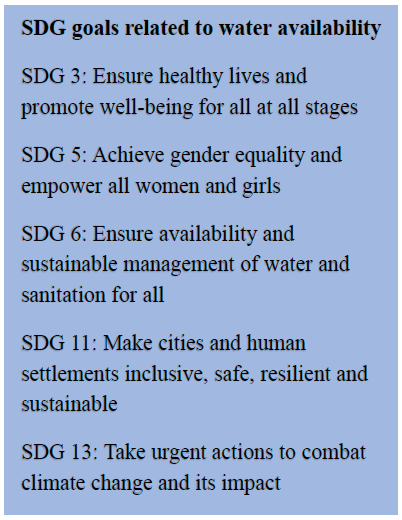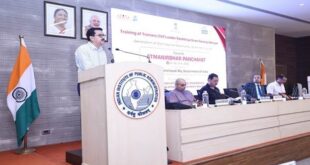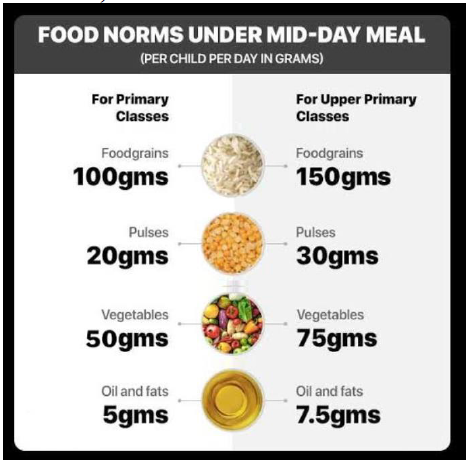The country has 18 percent of the world’s population, but only 4 percent of its water resources, making it among the most water-stressed in the world. World Bank report suggests 163 million Indians lack access to safe drinking water while 21% of communicable diseases are linked to unsafe water.
Even then, groundwater is overwhelmingly the mode of choice for both agriculture and drinking in India, with 94% of all irrigation and 85% of drinking water needs sourced through groundwater.
 Reasons
Reasons
- High population
- Lack of efficient regulations
- Over utilization of groundwater
- Leakage in water management schemes
- Regional disparity in water distribution
- Misuse of water resources by industries
Schemes
- Atal Bhujal Yojana (Abhy)
-
- National Groundwater Management Improvement Program for India
- Help villagers understand their water availability and usage patterns so they can budget their water use accordingly
- National Rural Drinking Water Programme
-
- ensuring the sustainability of water availability in terms of adequacy, affordability, portability, convenience and equity
- goal of increasing coverage of sustainable Piped Water Supply.
- Jal Jeevan Mission
-
- initiative to provide Functional Household Tap Connections (FHTC), to every rural household
- implemented through institutional mechanism at four levels- National, State, District, and Gram Panchayat

- Har Ghar Jal
-
- Aim: to take piped, potable water to every rural household in India under its flagship Jal Jeevan Mission
- As of September 2023, the dashboard of the Har Ghar Jal claims 13 crore households, or about 67% of the targeted households, have been provided with water connections.
- Besides making women’s lives easier, piped water connections also mean reducing individual dependence on groundwater.
- A major challenge transporting water to villages sprawled across hundreds of kilometres is leakage.
Solutions
- Training in practices for reducing damage to groundwater sources
- Teaching farmers updated irrigation techniques such as drip irrigation
- Monitor implementation of schemes on ground
- Modern sanitation policies that both conserve and properly utilizes water resources
Other NEWS
| Rubber Board to increase area under rubber in Northeast States | Rubber Board
|
| National Judicial Data Grid |
|
| Pradhan Mantri Matsya Sampada Yojana (PMMSY) in 2020 |
|
| Midday meal Scheme(PM Poshan Scheme)
|
|
 Chinmaya IAS Academy – Current Affairs Chinmaya IAS Academy – Current Affairs
Chinmaya IAS Academy – Current Affairs Chinmaya IAS Academy – Current Affairs




